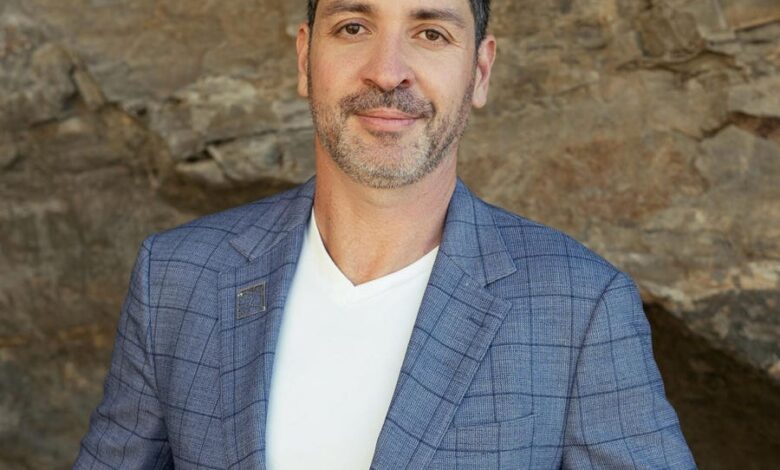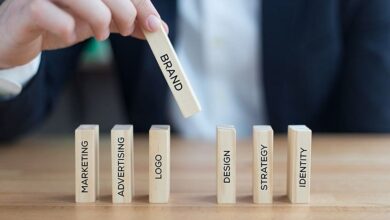Interview With Dario Health’s Former Chief Product Officer Eitan Shay

Product absolutely must reflect the voice of the customer, Eitan tells me. And he’s serious about it. He emphasizes the importance of spending time to meet and really get to know users, conducting both primary and secondary research, collecting data firsthand and drawing from the literature to design products for the humans who will use them.
Behavioral science, he says, can uniquely help product leaders understand their customers. And once you understand the similarities and differences across users and even within users, you can start to personalize and adapt. Because users are not frozen in time, but ever-changing beings whose needs and preferences change over time and in different contexts.
In this interview, Eitan shares his work leveraging behavioral design by creating personalized, adaptive plans in his former role at Livongo.
Tell me something I don’t know. (Anything!)
I started running in my 40s. I’m now an amateur triathlete.
Which fiction book would you recommend to product leaders? Why?
Atlas Shrugged by Ayn Rand, because of its perspective on capitalism, regulation, and innovation. The protagonists are industrialists who fight against a system that stifles creativity and productivity. This can be inspiring for product managers who constantly strive to innovate and push boundaries in their work. At the same time, it poses complex ethical questions about the role of businesses in society, the responsibilities of leaders, and the moral implications of decisions. These themes can provoke thoughtful discussions among product managers about ethical considerations in product development.
Rand’s philosophy, objectivism, advocates that trade should be a win-win situation, where value is exchanged for value. This principle can be applied in product management, emphasizing the importance of creating genuine value for customers.
While Atlas Shrugged is a complex and controversial novel with philosophical ideas that may not align with everyone’s views, it can certainly provide a rich source of discussion and reflection for product managers looking to explore different perspectives on leadership, innovation, and the challenges of bringing visionary ideas to fruition.
How have you leveraged behavioral design in your work? What was the result?
I’ve used behavioral design at Livongo, Teladoc, and Dario Health to promote healthy behaviors for our members, applying various techniques to drive engagement and achieve clinical outcomes.
For example, at Livongo, I built action plans designed to help individuals better manage their health conditions, such as diabetes or hypertension. After creating a personalized health profile for each user (based on their medical history, lifestyle, preferences, and data from connected devices), users are provided with custom goals and recommendations that reflect their health condition and personal objectives. Importantly, the action plan is not static; it adapts as the user’s needs and conditions change. The system continually learns from the user’s interactions, health data, and feedback, enabling the action plan to evolve over time with the user.
By providing users with personalized, adaptive action plans, users are not merely informed but actively engaged and motivated toward sustained health behavior change. This approach is particularly effective in managing chronic conditions where long-term behavior modification is crucial. As a product leader in digital health, leveraging principles from behavioral design can enhance the effectiveness of standard health management solutions.
What’s your biggest barrier to getting things done as a product leader?
Fighting the risk-averse organism. With innovative product work, there’s a great degree of uncertainty. Some of it can be mitigated by research, prototyping and other techniques, but fundamentally, it is hard to grow in the right direction without experimenting and testing hypotheses. Often we, as product leaders, are looking to increase the confidence level for our roadmap, and it can be hard to predict the outcome of an experiment. But a great one can revolutionize the entire product experience.
What gap do you see in typical product strategy that behavioral insights can fill?
Traditional product strategies often rely on market research that captures explicit user needs, but behavioral insights can go a step further by uncovering the implicit motivations, biases, and psychological factors that drive user behavior. This deeper understanding can lead to the development of products that resonate more profoundly with users.
Once we have this deeper understanding, products can be tailored to meet the specific needs and preferences of users, increasing their relevance and effectiveness.
How do you see product management evolving over the next 5 years? What are your hopes for the practice?
I believe there will be an increased focus on data-driven decision making and the reliance on data analytics and machine learning will intensify. Product managers will increasingly use data to understand customer needs, predict trends, and make informed decisions about product development. The integration of AI, machine learning, IoT, and other emerging technologies will become more prevalent in product development in other areas as well, providing insights, automating tasks, and creating new product features or services altogether.
What advice would you give product leaders hoping to design for humans?
Start with a deep understanding of your users, embracing user-centric design. Conduct thorough research to understand their needs, pain points, behaviors, and preferences. And consider the diverse needs of your user base through inclusive design. This includes designing for accessibility, taking into account different cultural backgrounds, languages, and socioeconomic statuses. In digital health, this also means considering different stages of health and varying levels of tech-savviness
Eitan Shay is a pioneering figure in the digital health industry and most recently the Chief Product Officer at Dario Health. With a deep-seated passion for technology and healthcare innovation, Eitan has been instrumental in driving the company’s vision of empowering people with chronic conditions to live healthier, more fulfilling lives. His expertise lies in blending cutting-edge technology with user-centric design to develop digital health solutions that are not just functional but also intuitive and engaging. Prior to Dario, Eitan held leadership positions at Vynca Care, where he led the product and engineering teams, and before that, at Livongo and Teladoc, where Eitan was responsible for the overall member experience.



